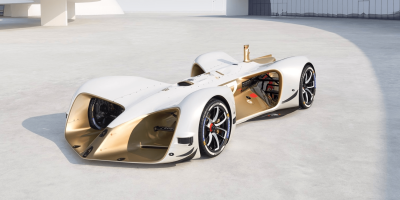Tag
#Roborace

How to watch self-driving racing cars at a safe distance
31.08.2022

Volvo, NextEV, Renault, Nissan, Roborace.
01.03.2017

ZF Friedrichshafen, Roborace, Kawasaki, Penn State.
24.08.2016

Roborace, H2IntraDrive, Google, Na-ion battery.
30.11.2015

Last commented